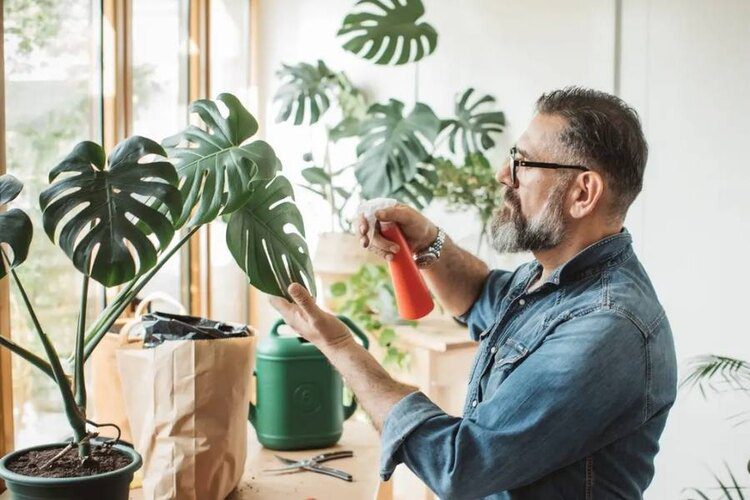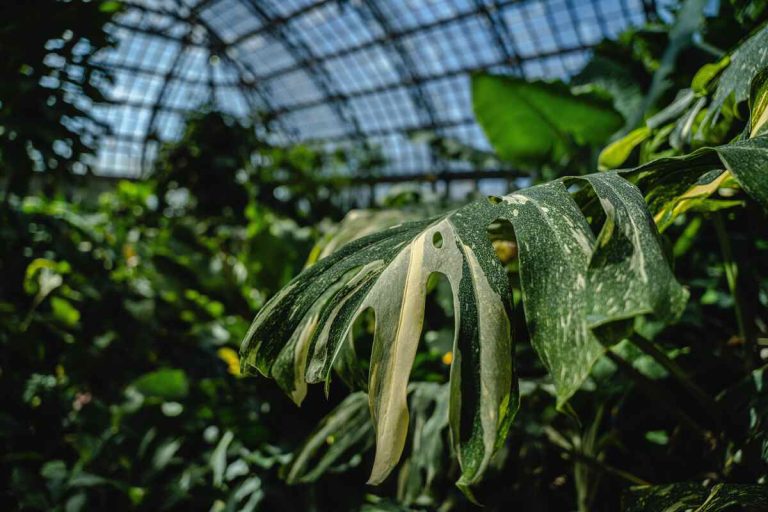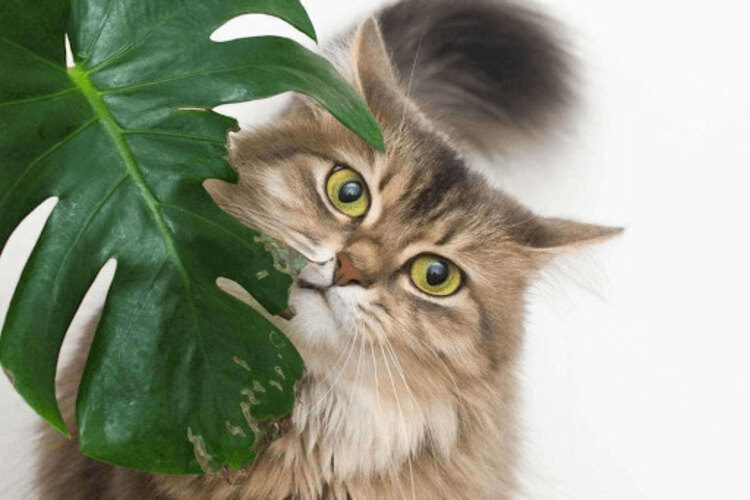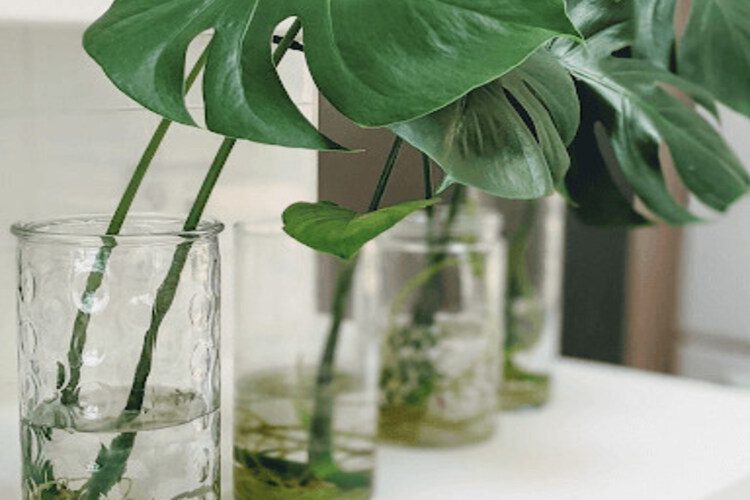Monstera In The Wild: What Its Interesting Facts?

You probably already know Monstera as one of the most popular houseplants. This plant has beautiful, glossy green foliage, making your home significantly fresher and cleaner. But do you know anything about Monstera in the wild? In the wild, this kind of plant comes in many different varieties with different characteristics. Here are some interesting facts worth checking out.
Where Can You Find Monstera In The Wild?
You can visit the houseplant gardens to look for a potted one. Alternatively, you could purchase their seeds and cultivate them at home in water or soil. In conclusion, it’s very easy to find these plants indoors. However, it’s more complicated to find Monstera in the wild. A Monstera seedling must find a tree to grow and tangle around because it develops so slowly from seed, and if it doesn’t achieve this before it reaches around 20 cm, it usually dies. This may explain why they are so challenging to discover in the wild.
The dense, muggy, and lush tropical parts of Central American nations, including South Mexico, Belize, Honduras, El Salvador, Costa Rica, and Panama, are where you can find wild ones.
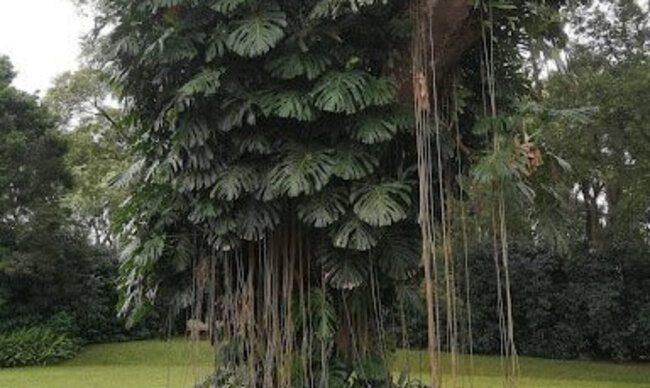
How Big Can A Monstera Get In The Wild?
Wild Monsteras can grow much larger than other houseplants, with leaves reaching up to three feet in diameter. In comparison, houseplant types typically have smaller leaves that may only grow up to a foot or so in diameter. Given the right circumstances and support, this kind of plant may expand up to 8 feet wide and 10 to 15 feet tall, with leaves at least 18 inches across in indoor conditions.
Some Popular Types Of Monstera In The Wild
Similar to their indoor counterparts, wild plants also come in many different varieties. Here are the 6 most popular types of wild Monstera that you might find interesting.
Monstera deliciosa
The most well-known Monstera is deliciosa, which is native to southern Mexico and Panama and is also known as the Swiss cheese plant, split-leaf philodendron, or Mexican breadfruit.
Everyone adores it for its heart-shaped, dark green leaves that become divided and fenestrated with age. Its fruits must first fully ripen before they can be consumed. Depending on the variety, this plant will either spread out or develop into a vine in the wild. This is a vining plant that can grow up to several metres in length when given a suitable structure to climb. The blooms will be white to greenish, and the spathes will be white to cream. The leaves will be divided and contain a series of 1–5 elliptical holes.
The “Swiss cheese” pattern of the leaves makes it a particularly attractive option for those looking for something a little different than the more common houseplants. It’s also relatively easy to care for, making it a good option for beginner plant enthusiasts.
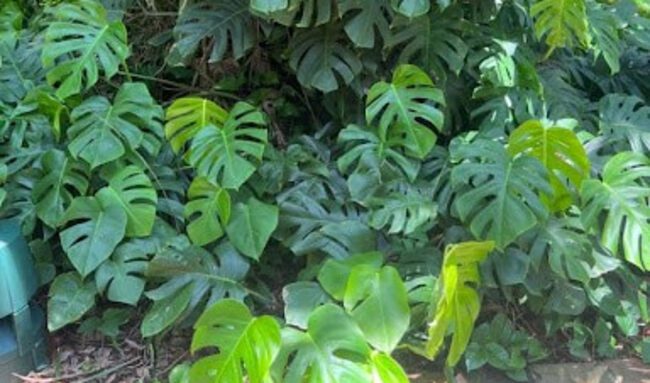
Monstera adansonii
Another well-liked houseplant is Adansonii, sometimes known as a Swiss Cheese plant, a five-hole plant, or a monkey mask Monstera. Young plants in the wild have complete, oval to elliptical leaves, but they quickly develop holes. Mature plants have leaves that are bigger and have one or two holes. Some may not have any holes at all, leaving the edge intact. The colors of the flowers may range from cream to yellow to orange, depending on the type.
Like its sibling, Adansonii is also a climbing plant that can grow up to several meters in length when given a suitable structure to climb. It can also be grown as a trailing plant in a hanging basket or on a shelf outside.
Monstera obliqua
Monstera obliqua is often referred to as the “Swiss cheese vine” because it resembles Monstera adansonii but with smaller leaves and a vining growth habit. They are rare and expensive; they are frequently referred to as the “unicorn of houseplants.” It can grow up to 16 feet tall. This kind of plant has lance-shaped to oval, entirely margined leaves ranging from deep green to emerald. On mature leaves, a few to numerous elliptical holes near the midrib will be present.
It differs from other species because it has a cluster of 6 to 8 spathes with deep yellow flowers surrounded by spathes that are green to white and turn bright yellow as the flowers age. Monstera obliqua is considered a complex plant to care for due to its delicate leaves and high humidity requirements. It’s often recommended for experienced plant growers.

Monstera siltepecana
Due to its bluish-green leaves with a silvery sheen and deeper vein lines, Monstera siltepecana is a common houseplant. It undergoes a remarkable transformation as it ages and loses its silvery sheen. Examine the leaves and blooms to determine this plant’s identification in the wild. It will have broad, fenestrated leaves with 2–4 holes on either side of the midrib, but the edge will be completely unbroken.
The Siltepecana is a beautiful and unique plant that can add a tropical touch to any indoor space. The velvety texture and silver markings on the leaves make it a particularly attractive option for those looking for something different from the more common species of this plant.
Monstera dubia
Monstera dubia is another unusual species you might not expect to see in the wild. They are often referred to as “shingle plants” due to the overlapping arrangement of the leaves. The young shingle plants with a heart-shaped base and silvery-marked leaves should be ignored. Large, dingy-green leaves with multiple oval-shaped holes and splits are characteristic of mature dubias. However, the margin will be completely unattended, and they won’t shingle but rather a droop or dangle.
The Monstera dubia plant is a beautiful decoration for any home or office. Its heart-shaped trunk and overlapping leaves set it apart from other varieties, making it a desirable choice for people who want a little variety in their plant selection.
Monstera lechleriana
Monstera lechleriana is attractive due to the glossy, lance-shaped leaves with a unique split pattern that makes them resemble a bird’s wing. The split pattern is often called “fenestrations” or “windows.” The leaves of the plants are large and impressive and are born on tight-head clusters of 10–15 flowers. When it reaches maturity, the leaves will have a substantially oval shape with one series of elliptical perforations on either side of the midrib. Sometimes the plant may have its whole margins and not have any holes.
Lechleriana is considered a moderately difficult plant to care for, requiring more attention than some others. It prefers high humidity and can be prone to pests and diseases without proper care. Due to its complexity of care, there may be better choices for people just starting with plants.
Conclusion
There are many interesting plants in nature, and Monstera is no exception. Hopefully, the interesting information in this sharing has given you a different perspective on these plants.
Learn more about Monstera in the wild in this video:
FAQs


